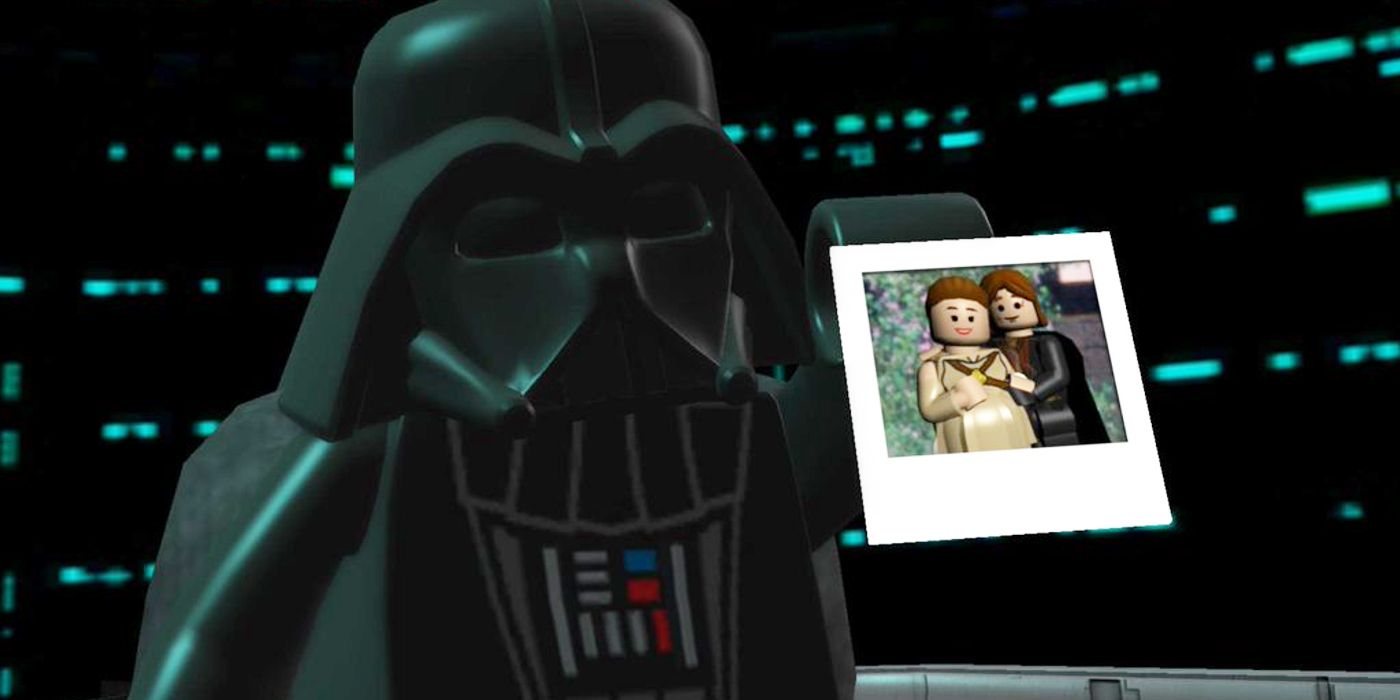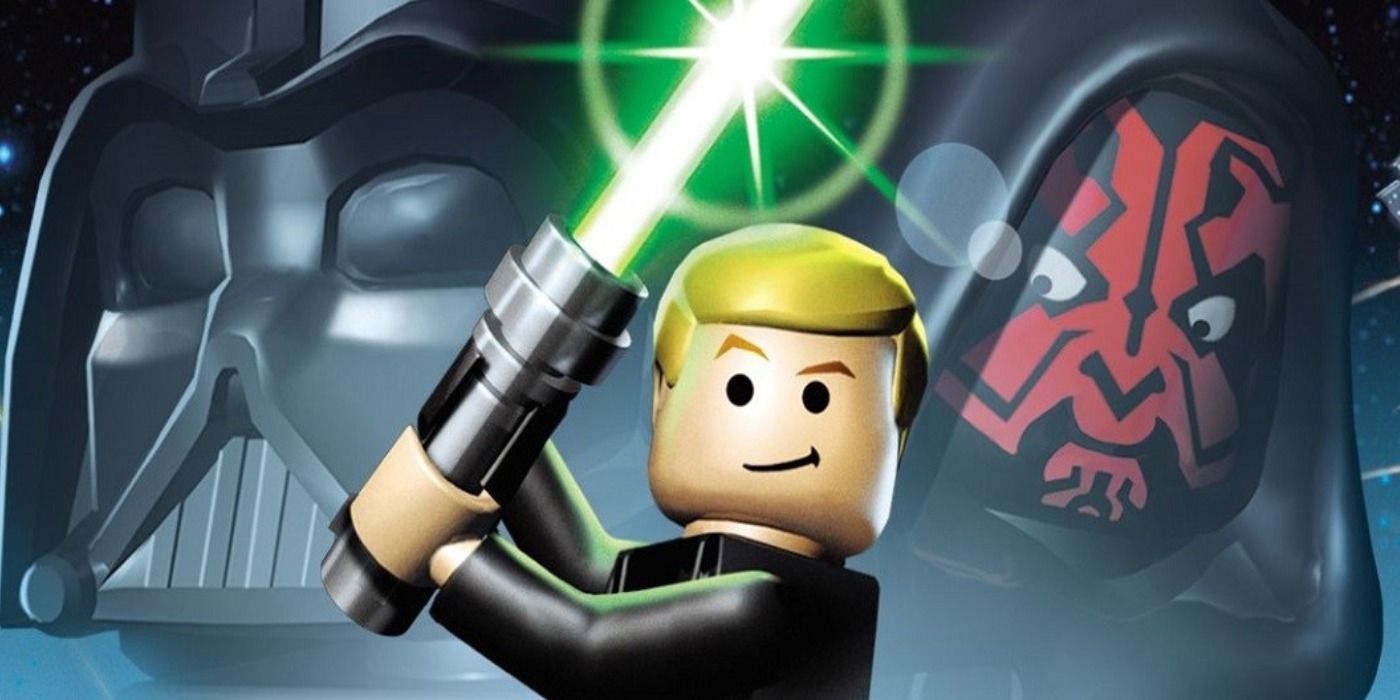
The LEGO games, which are most well-known for their adaptations of popular franchises in games like LEGO Star Wars: The Video Game and LEGO Batman: The Videogame, were better when none of the characters talked. The introduction of voice acting doesn’t change the series' core gameplay, but it does affect the comedic relief found through many of the games’ cutscenes. Since voiceovers were added to the LEGO games, most have been missing the charm that made them such a success story in the early 2000s with the release of the first LEGO Star Wars.
For the first decade of LEGO video game crossovers - which began in 2005 with the first entry in the LEGO Star Wars series - characters would communicate with each other through grunts and facial expressions rather than full-blown sentences. This all changed in 2012, however, with the launch of LEGO Batman 2: DC Super Heroes. Following LEGO Batman 2, the LEGO games either featured a full voice cast using material provided for each game specifically, or just utilized audio and dialogue from the films, as was the case in LEGO Marvel's Avengers and the LEGO: The Lord of the Rings and The Hobbit games.
It makes sense why developer TT Games has introduced voice acting to the LEGO games over the last decade. The studio developed almost a dozen LEGO titles before making the change to voices 10 years ago following LEGO Star Wars 3: The Clone Wars, and it's understandable that developers and publishers wanted to try something new and switch up the formula. Unfortunately, adding in voice acting - and keeping it as a feature for all subsequent releases - took away from the quirkiness that attracted many players to the series initially.

In the older LEGO games, the lack of voice acting seemed to be a feature rather than a missing component of development. In place of lines and verbal jokes, cutscenes implemented visual gags, mumbles, and facial expressions to convey meaning, often with a comedic twist. This kind of humor resonated with younger and older fans of the licenses the LEGO games adapted, with the original LEGO Star Wars games in particular achieving widespread success from 2005 to 2007.
With voice lines, however, comedy in the LEGO games has changed. The titles over the previous decade have felt less like a lighthearted, original take on some of the world’s most popular franchises, and instead more like straightforward adaptations with an occasional joke or quip. This feeling is exacerbated even more when the games use audio directly from the films they’re paying homage to in cutscenes and throughout levels.
Luckily, the core gameplay of the LEGO games hasn’t changed that much, although mechanics obviously vary depending on which franchise is being adapted to the blocky world. However, there’s a specific charm in the older LEGO games that isn’t as present in the newer ones because of how voice acting affected comedic timing and presentation. The next LEGO game, LEGO Star Wars: The Skywalker Saga, releases April 5, this year. It will once again feature voiced characters, only this time with the addition of an optional "mumble mode" for those players who prefer the dialogue-less approach first seen in LEGO Star Wars: The Video Game, which should hopefully restore some of the charm that was lost with voice acting.
Comments
Post a Comment